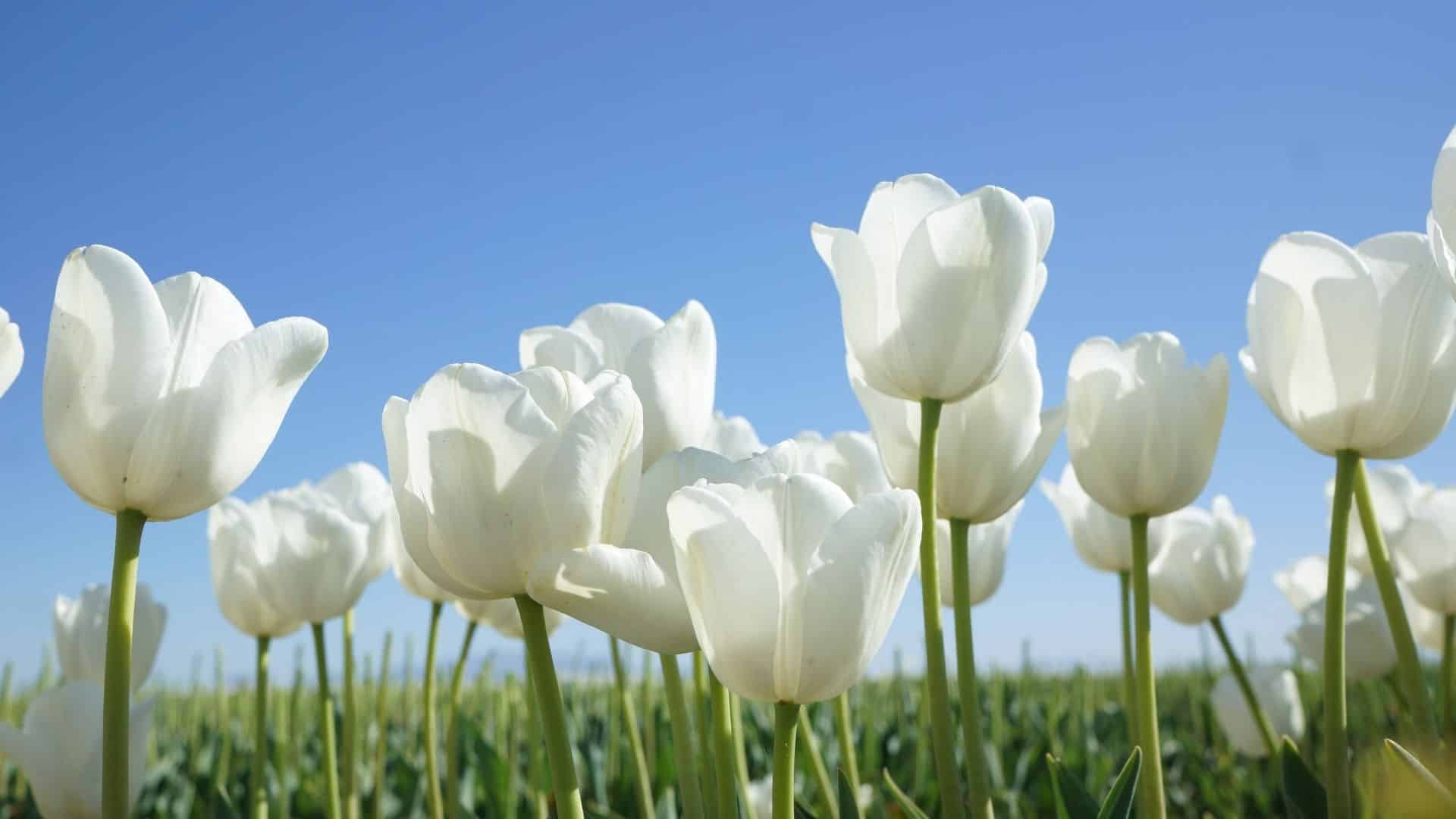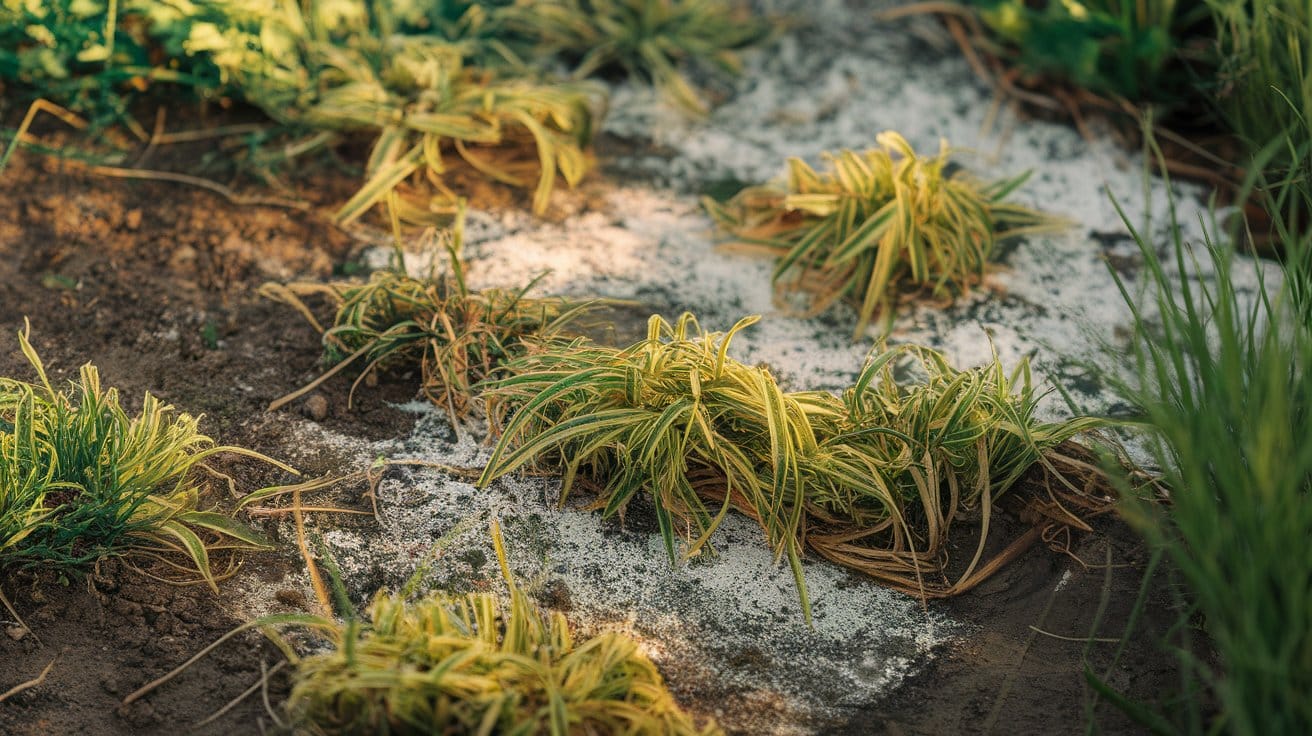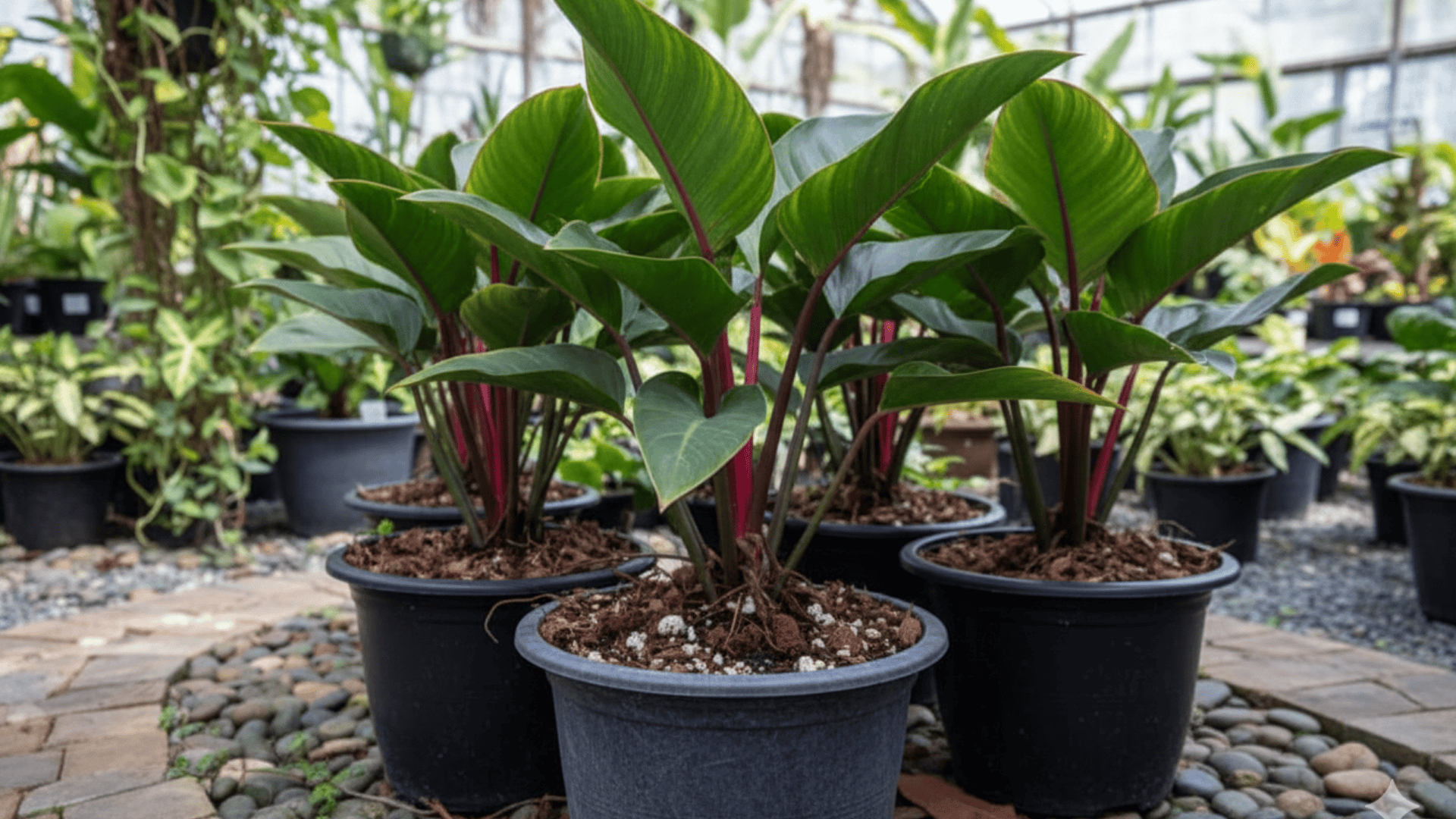Dahlias bring bold color and beauty to any garden.
These flowers bloom from summer through fall, offering weeks of vibrant displays.
But knowing when to plant dahlias makes all the difference between strong plants and struggling ones.
Timing matters. Plant too early, and frost can damage the tubers; plant too late, and you’ll miss the peak blooms.
The right planting time depends on your climate, USDA zone, and even if you’re using pots or garden beds.
This post covers everything you need to know about planting dahlias at the perfect time for your area.
When to Plant Dahlias?
The golden rule for planting dahlias is simple: wait until after the last frost.
Your soil needs to warm up to at least 60°F(15°C) before tubers go in the ground.
Cold soil causes tubers to rot instead of sprout.
This temperature requirement protects your investment and gives tubers the warm conditions they need to develop strong roots.
Most gardeners can safely plant dahlias in late spring, but your exact timing depends on where you live and your local frost dates
Timing matters for many plants. If you’re planning your spring garden, learn when to plant sweet potatoes for best results.
Dahlia Planting by USDA Hardiness Zone
Your USDA hardiness zone shows the best time to plant dahlias. Each zone has different frost dates and temperature patterns.
Use this breakdown to plan your planting schedule and set realistic expectations for bloom time.
1. Zone 3–4 (Very Cold)

Plant dahlias in early June in these zones, where cold winters keep the ground frozen well into spring.
Because the soil warms slowly, start tubers indoors 4–6 weeks early in pots or trays placed in a sunny spot or greenhouse.
Move them outside once nights stay above 50°F, and expect bright blooms from late July through August.
2. Zone 5–6 (Cold Winters)
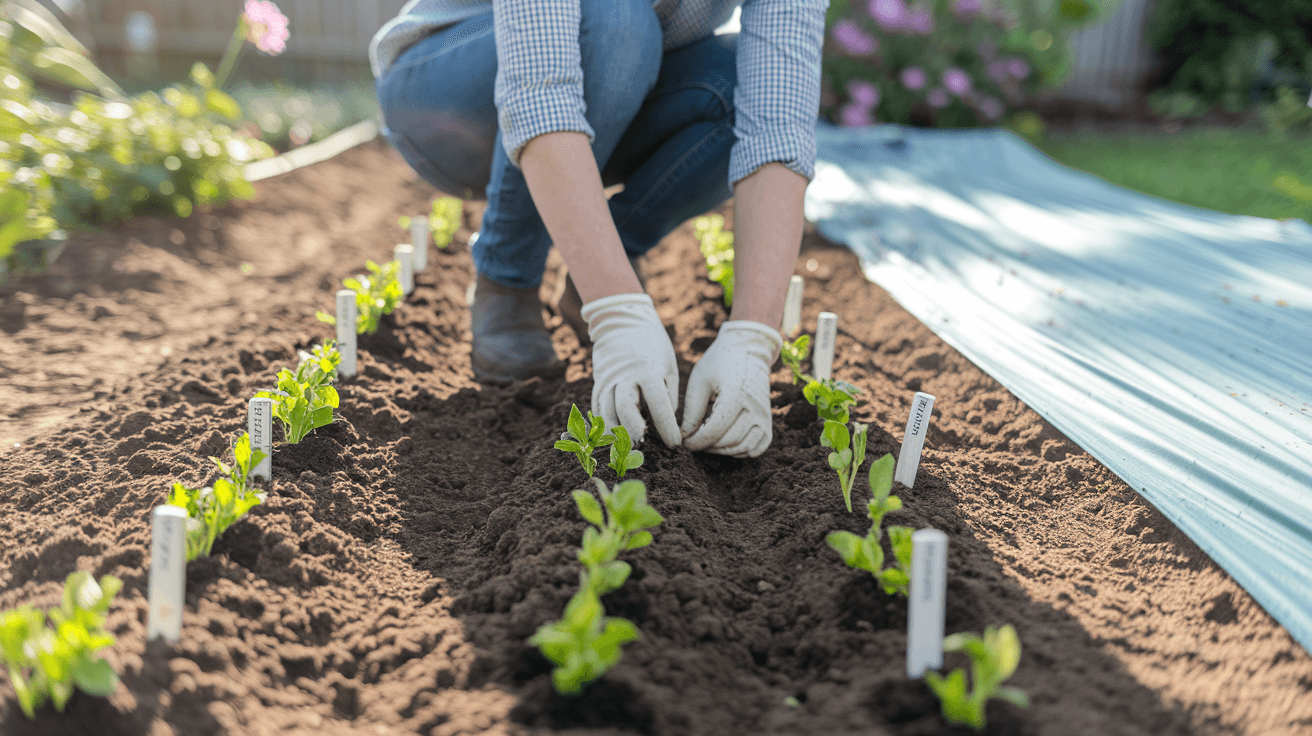
Plant dahlias from mid to late May in zones 5–6, when frost risk is low and the soil begins to warm.
Starting tubers indoors can extend the bloom period and protect young plants from cool nights.
Use row covers or cloches if temperatures drop, and expect strong blooms from mid-July through August.
3. Zone 7–8 (Moderate)

Plant dahlias in late April to early May in these moderate zones, where the soil warms quickly and conditions are ideal for growth.
Once the soil reaches around 60°F, you can plant directly outdoors without starting indoors, though early indoor planting can bring blooms a couple of weeks sooner.
Expect flowers from June through July, with a long, colorful season and minimal weather challenges.
4. Zone 9
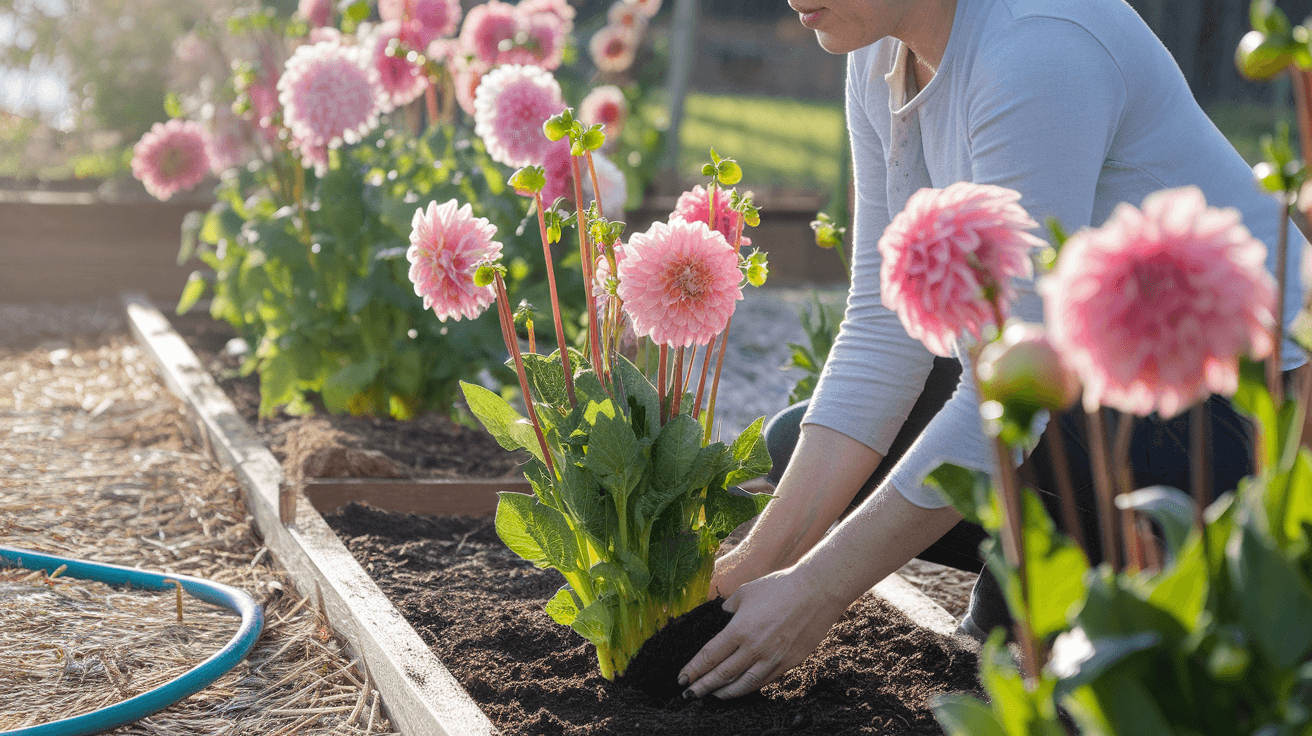
Plant dahlias between March and April in zone 9, where winters are mild and frost is rare.
The warm climate allows for early planting, but consistent watering and a layer of mulch help keep roots cool during hotter days.
Blooms typically appear from May through June, and many gardeners enjoy an extended season or even a second round of flowers in fall.
5. Zone 10–11 (Frost-Free)

Plant dahlias from late February through March in these frost-free zones, where warm weather allows for the earliest start.
Since frost is rare, gardeners have plenty of flexibility with timing.
Bloom can appear as early as April and last for months, though heat becomes the main challenge.
Choose heat-tolerant varieties and provide afternoon shade to keep plants healthy through the long growing season.
How to Plant Dahlias Based on Your Climate?
Planting times for dahlias vary with regional conditions; knowing your climate helps ensure healthy growth and longer blooms.
| Climate Zone | Best Planting Time | Key Growing Tips |
|---|---|---|
| Northern and Cool Climates | Late spring to early summer (after frost risk) | Start tubers indoors to extend the short growing season and achieve blooms before fall frost. |
| Temperate Climates | Mid to late spring (once soil warms evenly) | Moderate weather supports a long growing window and strong summer blooms. |
| Warm and Frost-Free Climates | Late winter to early spring | Long seasons allow extended or even double planting; focus on consistent watering and managing heat for continuous flowering. |
When to Plant Dahlias in Pots?
Container planting gives you more control over timing and location.
Start dahlias in pots 2–4 weeks before the last frost indoors or in a sheltered spot, and once frost danger passes and temperatures , move your pots outside.
Container-grown dahlias often bloom slightly earlier than ground-planted ones because pots warm up faster in the sun.
This method works perfectly for small spaces, patios, or balconies.
You can also bring pots indoors if unexpected cold weather threatens your plants.
Also read:Parsley Companion Plants: Smart Planting for Better Gardens
When Do Dahlias Bloom?
Most dahlias begin to flower about 8 to 10 weeks after planting.
Their peak season is usually in midsummer, and they keep producing blooms until the first frost.
The exact timing depends on several factors, including the type of dahlia, soil quality, the amount of sunlight they receive, and how well they are cared for.
Planting earlier in warm soil can bring flowers sooner, while later planting means blooms will appear later in the season.
Regular watering and feeding also help dahlias flower more quickly and continue blooming throughout the summer.
Tips for Healthy Dahlia Growth
Getting the timing right for when to plant dahlias is just the first step.
These care tips ensure strong, healthy plants that produce abundant blooms:
- Soil Requirements: Use rich, well-drained soil with a slightly acidic pH, as heavy clay requires compost to improve drainage.
- Sunlight Needs: Provide at least 6–8 hours of direct sun daily, and morning sun works best in hot climates.
- Proper Spacing and Staking: Space plants 12–18 inches apart for air circulation and stake tall varieties at planting time.
- Watering Schedule: Keep soil evenly moist but never soggy, and Water deeply 2–3 times per week.
- Mulching Benefits: Apply 2–3 inches of organic mulch around plants, and Mulch conserves moisture and controls weeds.
What Not to Do When Planting Dahlias?
Avoid these mistakes to protect your investment and ensure healthy plants:
- Planting in Cold Soil: Rushing to plant before the soil warms leads to tuber rot, so use a soil thermometer to check the temperature first.
- Overwatering After Planting: Dormant tubers need minimal water until they sprout, as too much moisture causes rot before roots develop.
- Skipping Frost Protection: A single late frost can kill tender new growth overnight, so keep protective coverings ready during the first few weeks.
If you enjoy bright, long-lasting flowers like dahlias, learn simple steps for growing snapdragons to add even more color to your garden.
Conclusion
Success with dahlias starts with proper timing.
Understanding when to plant dahlias based on your zone and climate makes the difference between growing plants and disappointing results.
Remember that proper care after planting matters just as much as timing.
Ready to start your dahlia garden?
Have questions or tips to share? Leave a comment below and let us know how your dahlias are growing!
Frequently Asked Questions
Are Coffee Grounds Good for Dahlias?
Yes, coffee grounds add nitrogen to soil and improve drainage, but use them sparingly as a thin layer mixed with compost to avoid acidity issues.
How to Keep Bugs Away from Dahlias?
Use neem oil spray, encourage beneficial insects like ladybugs, remove affected leaves promptly, and apply diatomaceous earth around plant bases to deter pests.
How Many Dahlias Do you Get from One Tuber?
One tuber typically produces one plant with multiple stems that can yield 20-30 blooms throughout the season, depending on variety and care.



